The inner workings of the audio world can be confusing to understand. In this blog we will discuss discuss how amplifiers and speakers work together. With this knowledge you will be able to deeper your understanding of your audio setup and utilise it to create an improved home sound system.
Keywords
Before we get started there a few keywords you will have to learn in order to make head and tail of this whole audio affair.
- Capacitane: capacitance refers to the ratio of the change in an electric charge in a system to the corresponding change in its electric potential.
- Impendance: the effective resistance of an electric circuit or component to alternating current, arising from the combined effects of ohmic resistance and reactance.
- Inductance: the property of an electric conductor or circuit that causes an electromotive force to be generated by a change in the current flowing.
- Reactance: opposition to the flow of alternating current in a circuit or circuit element, caused by inductance or capacitance and measured in ohms.”
A closer look at impedance
A music signal consists of a large number of different frequencies that are distributed from the amplifier to the loudspeakers. This process is similar to water flowing through a hose at different pressures. Depending on how the hose is made, there is a certain volume of water under pressure that exists at a certain point in the hose at a certain time.
But let’s talk about our main term: impedance. The term comes from the Latin word “impedire” and it means “to inhibit” or “to hinder”. Basically, impedance describes the electrical resistance to a signal. The differences between both physical and acoustic impedance, and what they have to do with loudspeakers is explained in this article.
Physical Impedance – Inductance
To break down this complicated subject we’re going to stick to the example of the water hose. If water flows through it, the hose guides the water through tubes, and a so-called active resistance exists. On the other hand, however, the impedance has a so-called reactance as well. This can alter depending on the frequency of the applied voltage.
To make this all clear, abstract thinking is required: The reactance behaves in such a way that the impedance resistance is not constant with respect to different frequency values. Therefore, a distinction is made between inductive and capacitive reactances.
Inductive values are found in the coils of the loudspeakers, but in simple components such as the power cable too. In every conductor that current flows through, there is a magnetic field. The structure causes the reactance of the inductance. The resulting magnetic field is torn after each change of polarity and is rebuilt, and the inductance is proportional to the applied frequency.
Physical Impedance – Capacitance
In contrast to inductance, the capacitance is not proportional to the applied frequency. The reason for this is the structure of an electric field: The catalyst in the loudspeaker has the ability to absorb electric charges. However, something has to be observed. The more frequently the current changes direction or polarity, the less charge flows per time unit. If a frequency-free DC voltage flows into the catalytic converter, it will soon be unable to hold any more charges. The so-called capacity stop is then quickly reached, comparable to a barrel filled to the brim. The capacitive resistance then blocks the further power supply. A capacitor (photo), which has the task of discharging itself, and the coil, which is responsible for reducing the magnetic field, act against this. The reactive power is a highly complex system of current-voltage phase shifts.
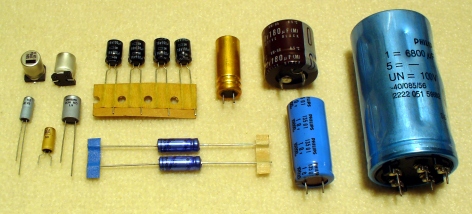
Acoustic Impedance – what speaker for what amplifier?
But let’s not forget that the acoustic impedance describes a resistance too. As the name suggests, it is an acoustic impedance and not an electric one. The acoustic impedance is therefore at home above all in the hifi world. It is divided into the following three subcategories:
- The acoustic field impedance, called sound characteristic impedance as well, describes the resistance that counteracts the propagation of sound in the free sound field.
- The acoustic flux impedance, often simply called acoustic impedance, describes the resistance that occurs when sound propagates in pipes.
- Mechanical impedance, on the other hand, describes the resistance caused by mechanical vibrations such as microphones or loudspeaker membranes.
As an end user, these divisions do not necessarily have to interest you. Now that it has been clarified what impedance is, practical examples can be given. Customers are not confronted with impedance until the question of “which loudspeaker and which amplifier? Then you should pay attention to the values on the loudspeakers and on the amplifier. By far the most common values here are 4 and 8 ohms respectively. This means that a loudspeaker with an impedance of 4 ohms must be connected to an amplifier that can supply this resistance with sufficient power. To find such an amplifier should not be a problem, because most current devices work with 4 and 8 ohms.
4 and 8 ohms
Usually you have to adjust the resistance of the amplifier. Most models therefore have an impedance switch that allows you to easily select between 4 and 8 ohms. But if you think that you can only connect an 8 Ohm loudspeaker to an 8 Ohm capable amplifier, you are wrong. It’s true that only the right combination delivers the full power of the amplifier, but in theory an 8 ohm loudspeaker can be connected to a 4 ohm amplifier as well. Only then can the loudspeaker not reproduce the full power of the amplifier. It’s the other way around, too, but this should be taken with caution. If you connect your 4-ohm speaker to an 8-ohm amplifier, you will simply overtax it. Often the amp is overloaded, running means it even breaks down.
Fitting products to this topic:
Impedance is at the service of perfect sound quality
Coils and capacitors are used to block or transmit certain signals depending on their frequency. In hifi technology, the components are mainly found in the loudspeaker crossovers. To give a simple example: A single capacitor can be responsible for high tones while blocking lower frequencies.
In fact, the impedance has a strong influence on the electrical power consumed. This means that current flow and voltage curve depend on the impedance and can therefore fluctuate greatly. Multi-frequency music signals cause strong impedance fluctuations, which poses special challenges for loudspeakers. The supply source of a hifi system consists of the amplifier, which in combination with the loudspeakers provides the damping factor of capacitance and inductance. Therefore, the reactive power is prevented. One reason this is due to is the cable connection between the amplifier and the loudspeaker. For an amplifier’s ability to deliver power, the cable and loudspeaker or pre-amplifier merge into a single unit. The importance of suitably selected hifi connection cables becomes clear, because it is not enough to rely on a high-watt amplifier alone. Load stability is just as important to avoid tonal discoloration, for example.
Of course, the topic described above does not only apply to the connection between amplifier and loudspeaker. It’s about every electrical connection between devices. The phenomena are described in more detail under the terms input impedance and output impedance.
Input impedance and output impedance
An amplifier is designed to have a low output impedance. This allows natural oscillations of loudspeaker diaphragms to be damped. Consequently, the alternating impedances of a loudspeakers are better processed during sound reproduction, as well as provide a constant amplifier voltage. All this optimizes the sound quality. In contrast to the output impedance is the resistance at the input of a hifi device. Due to the voltage adjustment, the input impedance must exceed that of the output.
In summary, it can be said that the impedance indicates the ratio of the electrical voltage at a hifi system to the current consumed. Each loudspeaker contains a coil, which in turn has an electrical resistance value measured in ohms. As a result, the impedance is in principle a resistance value. Except that it has a different value for alternating voltages or currents, a so-called alternating current resistance. Each amplifier of a hifi system is designed for the connection of a certain impedance. Hence, when selecting the loudspeakers, as well as headphones, it is important that they correspond as closely as possible to the impedance of the amplifier. If different devices are combined, quality losses can occur. This usually affects the volume. The impedance can therefore be used to determine the extent to which a loudspeaker loads the amplifier as a function of its output impedance.
Conclusion
This is finally explained using a concrete example. Assuming an amplifier has an output impedance of 8 ohms, it would be overloaded with loudspeakers with only 2 ohms impedance. Amplifiers with a low output impedance are therefore advantageous. As these amplifiers can supply loudspeakers with 2 or 4 ohms with high currents. The common impedance values of an amplifier are 4, 6 or 8 Ohm.
Header image: „Impedanzverlauf eines Lautsprechers“ from Pietz – Eigenes Werk. Licensed under Creative Commons Attribution-Share Alike 3.0 via Wikimedia Commons –
Image 2 Kondensator: © By Elcap, Jens Both (Own work) [GFDL or CC-BY-SA-3.0], via Wikimedia Commons
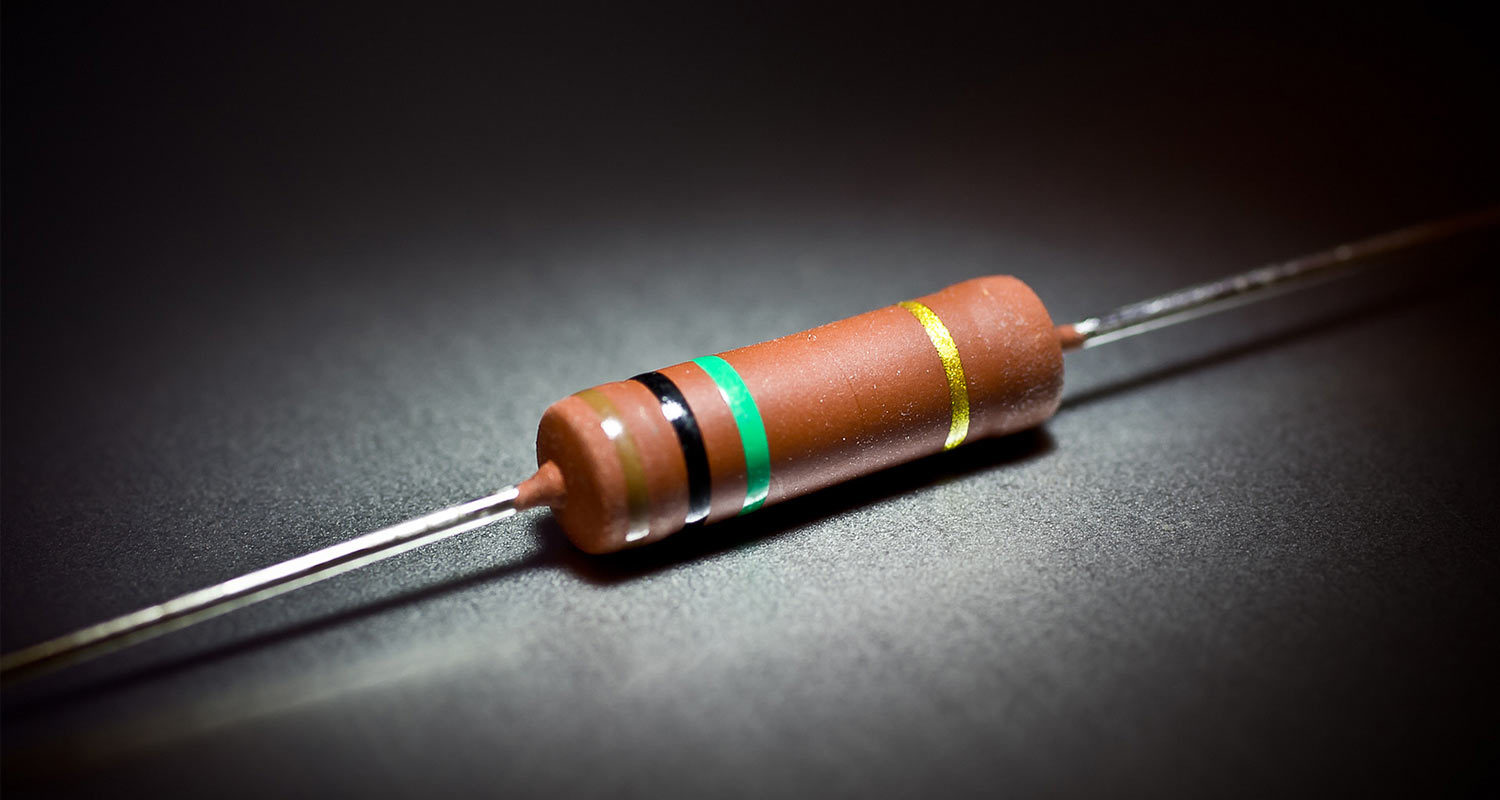
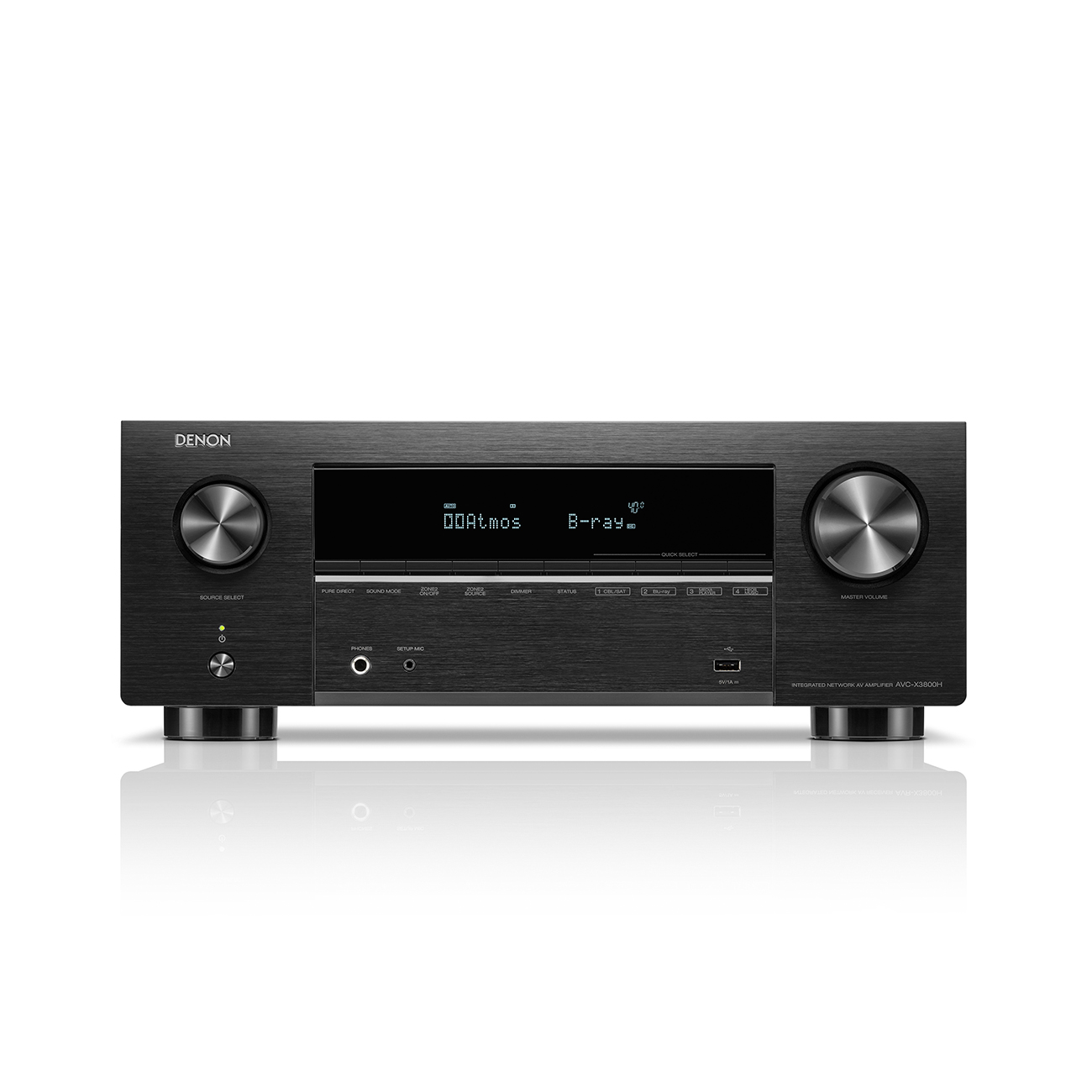


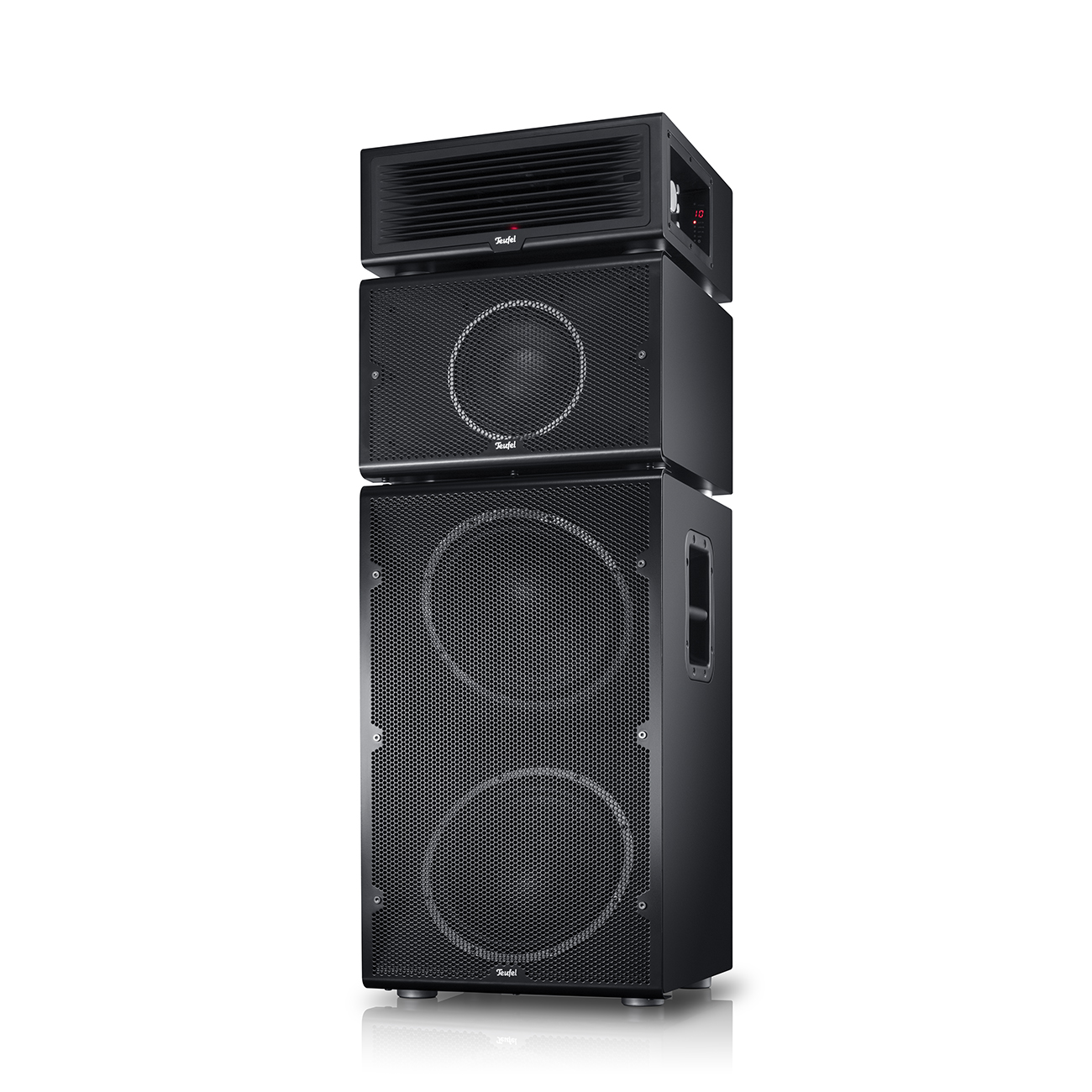
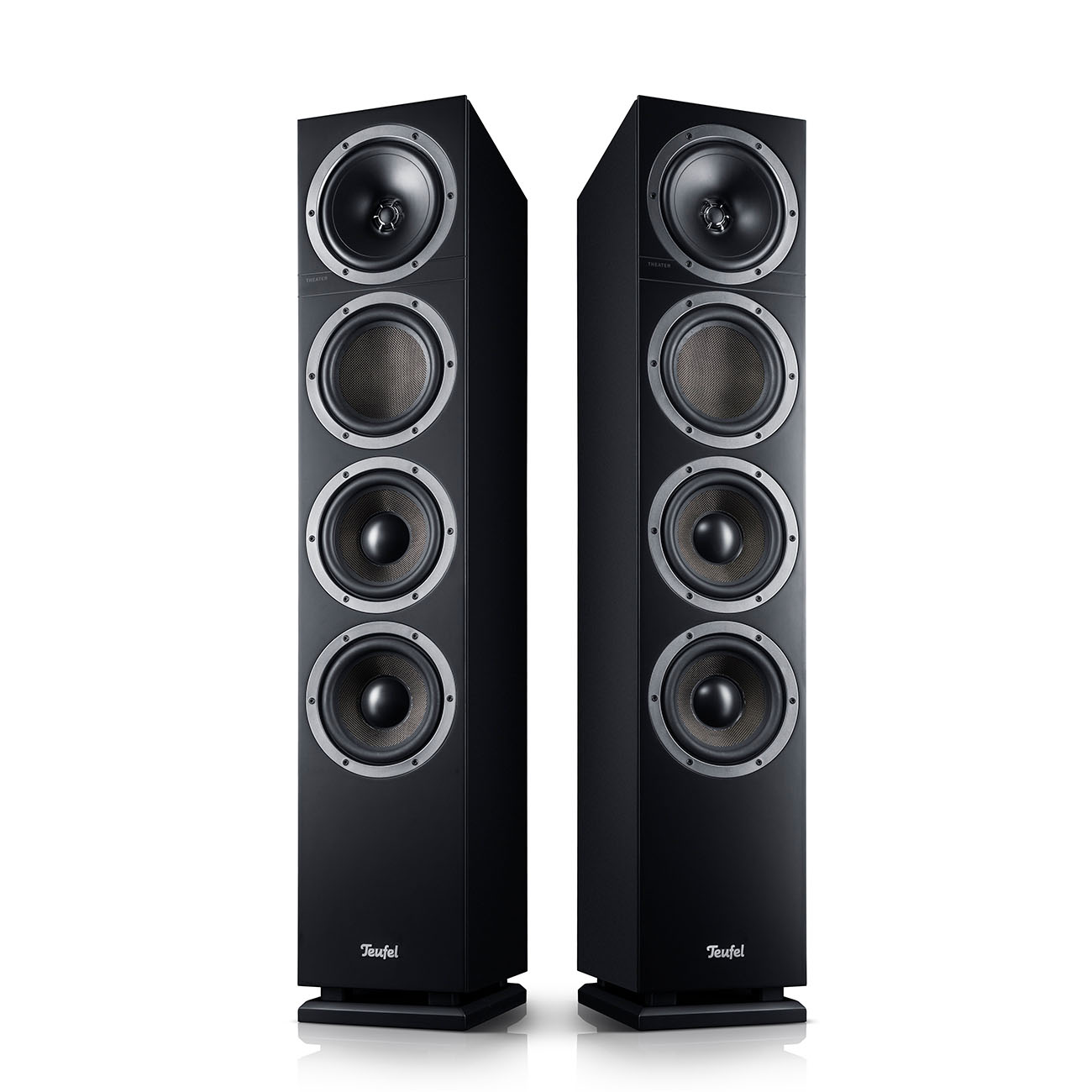
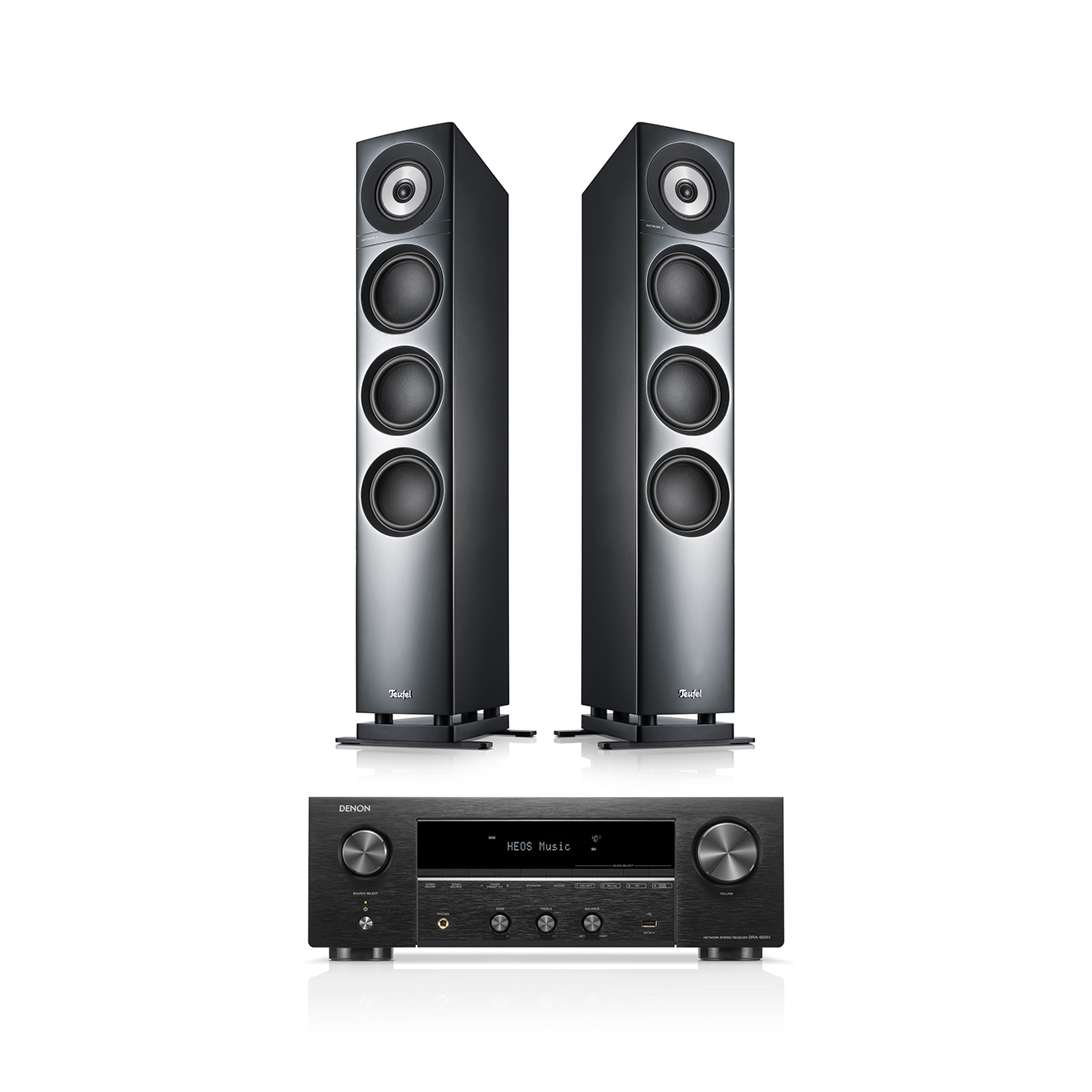


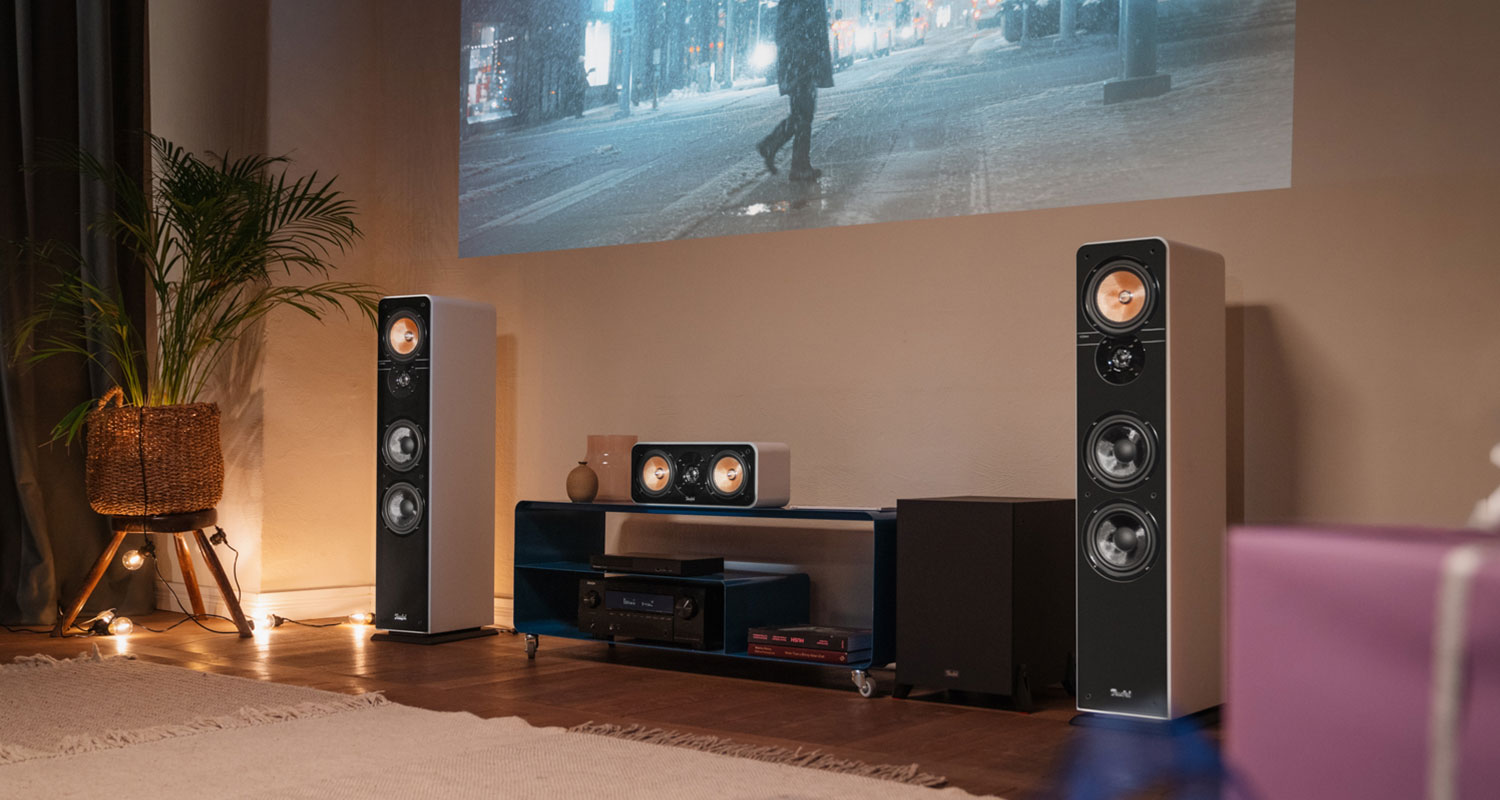
2 responses to “Impedance – how amplifiers and speakers work together”
I own a pair of m300 and m6000 sub, what are they 4ohm or 8ohm speakers
Kindest regards
Ian
Hey Ian! Thanks for the question! They are both 8Ohm! I hope that helps.